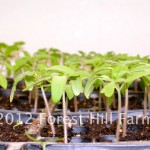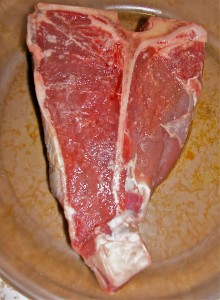Late in the afternoon I enjoy visiting our pond. The spring peepers are back. They sing throughout the night. It’s a song to welcome spring. I couldn’t see them but I heard them. As I walked down the hillside, as quiet as I was, they still felt my presence and went silent. A few teal ducks were swimming. They took flight as I approached, too.
Esme, who loves swimming, grabbed a stick and begged me to throw it into the water. It was just the two of us, playing and splashing, throwing and retrieving. She dropped the stick, her ears perked up, off she ran, racing to scare away an intruder. Being the smallest dog in the pack, she doesn’t usually get to play stick without interruption so she wasn’t ready to give up being the center of attention. There was no need for concern, it was only Hobo. Old Hobo. He wouldn’t, or couldn’t, for that matter, chase a stick much less swim for one. He’d sink like a rock, at least in his present condition. He’s extremely overweight, we’re working on an exercise plan. Every day when I walk up the lane to the mail box he tags along. He’s makes it about a quarter of the way, then lays down to rest. On the return trip, with much encouragement, he’ll groan, get up, and waddle back to the house where he takes his usual position; prone. He spends the rest of the afternoon recovering. That’s why I was surprised to see him at the pond. With steep hills, a valley, and a fence to crawl under, the pond is a harder trek than the mailbox. It was nice to have his company. He's He's the ying to Esme's yang.
©Glenda Plozay, Forest Hill Farm Products, LLC

























